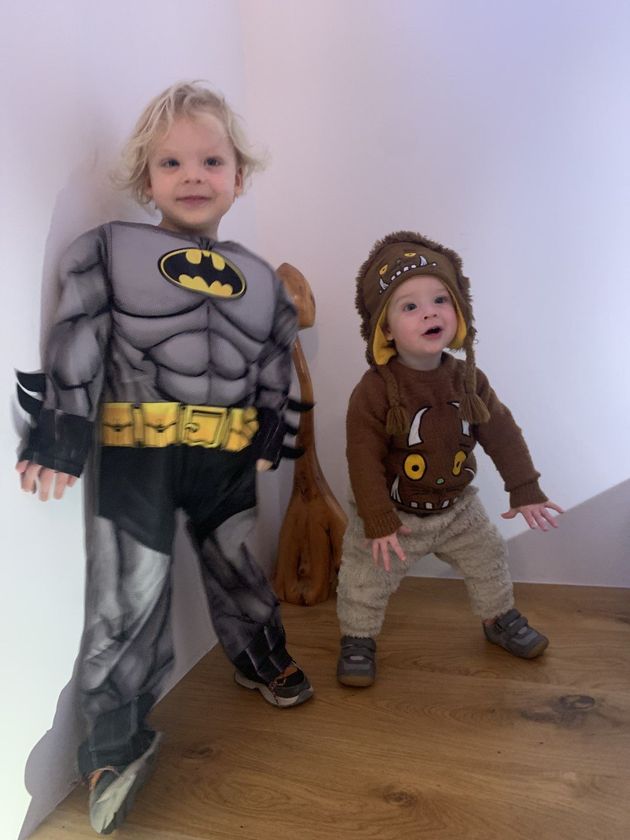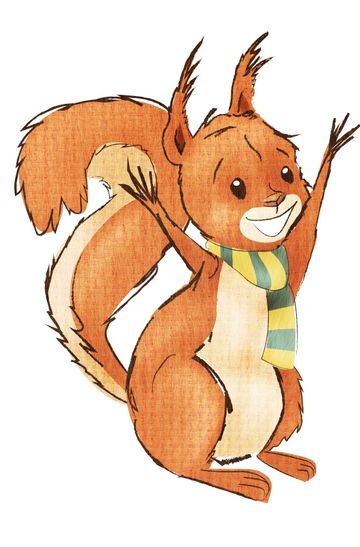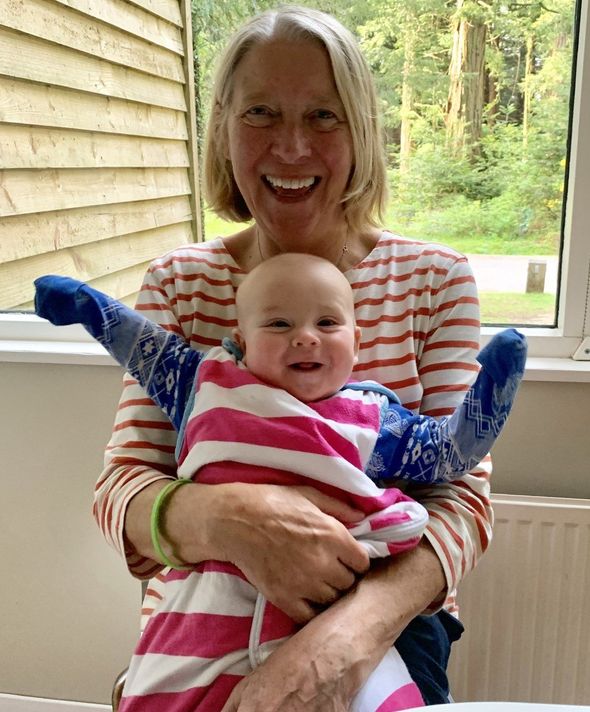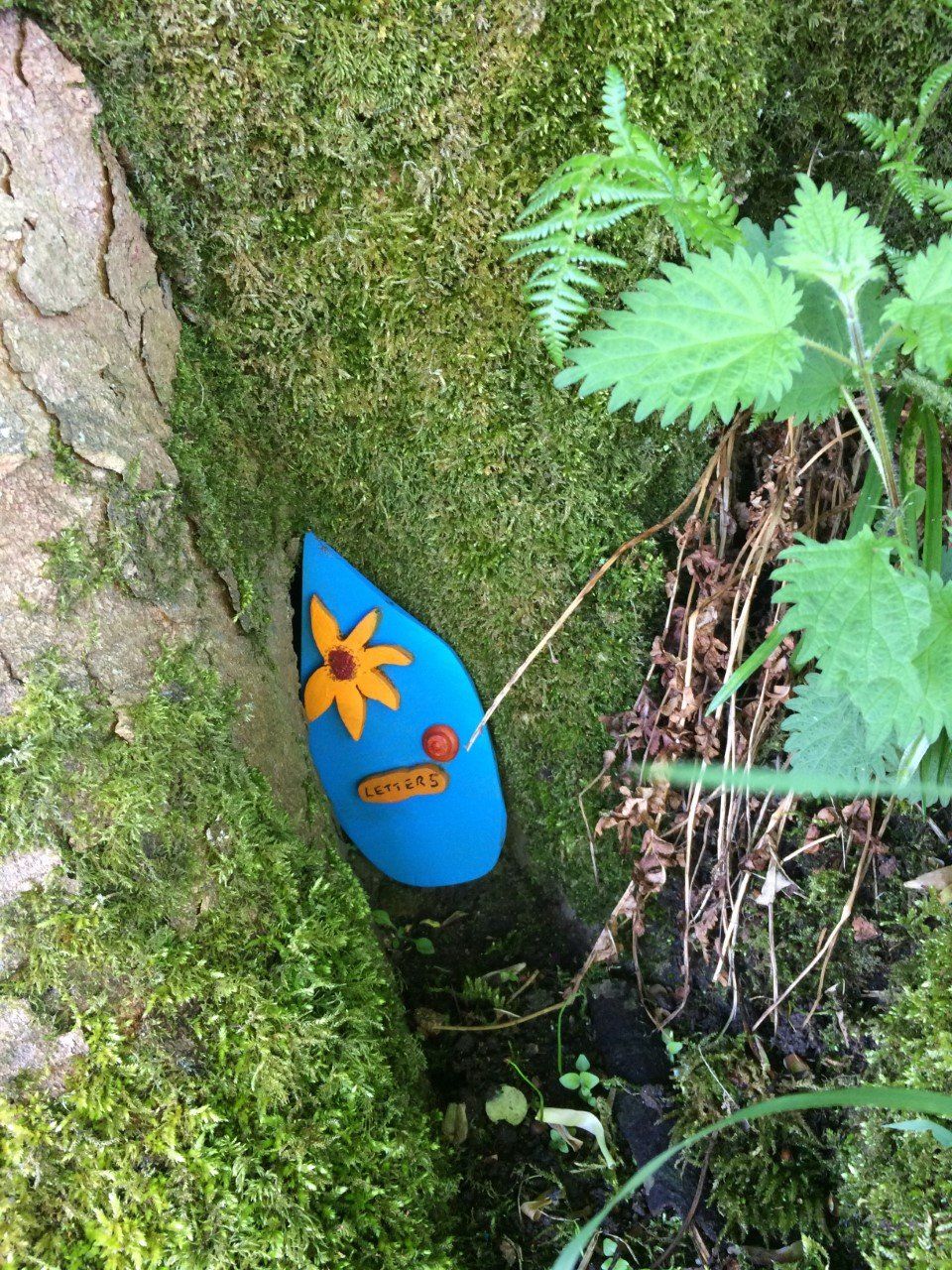Curiouser and Curiouser: why we all should ask ‘Why?’ more often…
Parenting Through Stories • 8 March 2020
I’m wrestling, sorry, ‘dressing’, the littlest on his changing table. It’s 6.20am and basically lunch-time given the hour we were all awake.
I’m being kicked: he’s fifteen months and is discovering boundaries. Mine, mostly.
The dog is eyeing up his discarded nappy, but I’m employing effective resistance in the form of a shin and a few staccato, ’Aways!’.
I like to think I’m doing ‘intermittent fasting’ because it sounds grown-up and very 2020, but the truth is I just don’t have time to eat.
The biggest little is careering around the house on an imaginary race-track. Naked. He might be Batman, or is it Blaze this morning?
Either way, myself and his bro are part of the scenario and as he swerves past there’s a call to assume my role and I’m to parrot a line of dialogue - the right line - from the scene playing in his head.
After lap 58, he pulls up, brakes screeching. I’m still dancing with the dog and manipulating the baby into his leggings.
‘Sky?’ (I’m now Sky, from Paw Patrol, obviously.)
‘Yes, Batman?’
‘No, I’m Blaze,’ says Blaze with a long-suffering roll of his eyes.
‘Yes, Blaze?’
I’m anticipating the usual, ‘Let’s get those guys!’ Or maybe a, ‘Watch me fly / ride / jump off the couch narrowly missing gouging my eyes out on the coffee table.’
So I’m a little floored when he asks, ‘How do magnets work?’
The baby is now standing and drumming on my head, the dog looks demure, but I know she’s planning something.
‘Well, they are opposites, so they erm, so they stick together.’
‘Why?’
I’m not sure if the pounding in my head are the baby’s fists or the internal combustion of my last shred of sanity.
Surely, this is the question all parents dread.
One solitary word and we see the vortex - we’re teetering on the edge of the rabbit hole, peering into the abyss of asking, answering and oblivion.
Because we all know…once they start, the ‘whys’ will never cease.
There will be no answer we can give that will oblate the querying, satiate the hunger, satisfy their curiosity.
I dig deep.
I genuinely want to help him understand. Explain without patronising, with efficacy and clarity. Give the perfect reply to provide the answer - and nip this question-spiral in the bud. And then maybe have a cup of coffee.
‘Magnets have an invisible force that attracts the part of the other magnet that’s not the same and pushes away the part of the other magnet that is the same.’
‘The force is strong: between the opposite parts it almost glues the magnets together, between the part that’s the same, it’s like an invisible wall is built, so you can’t get them to touch.’
There’s a moment of silence. The baby quiets. My son looks up, absorbing my reply. Then his gaze, misty now, falls past me.
And I see it - the actual moment of realisation, of discovery, of understanding. His eyes widen and his mouth falls open.
It’s beautiful - I’ve done it! I’m totally bossing this mum lark.
‘Mummy?’
‘Yes, darling?’ I reply, hoping for a quick, ‘You’re the best…’ or even a, ‘Thank-you for showing me the light of science,’ type of thing.
.
.
.
‘Mummy!’
‘Ginny’s got the nappy AND THERE’S POO ALL OVER THE WALLS!’
Well, at least it wasn’t a question.
I’m chalking that one up as a victory.
Wherefore art thou?
I jest, of course. It’s our role to tend to our kids’ curiosity, whenever its sprouts appear. And I say that through only slightly gritted teeth.
As the third element of the PACE approach to parenting - the over-arching model incorporated into Bartley’s Books, more about which is featured on earlier blogs - curiosity is a vital part of our parenting and to deepening the attachment relationship.
And, perhaps aptly, it’s a curious thing in itself.
As a secondary English teacher, I learned about the multiplicity of curiosity early on in my career.
There was absolutely nothing worse than a sea of blank faces, bored stares, disengaged doodling. (OK, there was - teaching the tome of Bleak House to Year 9s, but that’s a whole other blog…)
Thirty closed doors, saying, ‘Not today, thanks.’
As a teacher, maybe especially as an English teacher, you want, need even, questions from the floor. You want to see they care about the text and its world.
How a teacher gets a class from bored to buzzing is the mark between a good and a great one.
And the answer is in questioning…
Firstly, you need to model curiosity.
Sometimes this is an act.
We’re analysing a text - could be an article, could be a poem, could be a novel. You know what’s there to be found - patterns in words, interesting imagery - but your role is not didactic, you play the discovery game, leading them onwards through questioning, helping them turn over the words to find the beauty, the wit, the intelligence hiding underneath them.
Occasionally though, you find something new yourself - and the revelation elevates the moment beyond the performative.
The lessons I’ll forever remember is when these quests reignited my genuine curiosity - and the kids witnessed the fruits of it with me. My energy effervesced into the group: discovery is a great feeling and they want part of it.
So, being curious yourself is one facet.
But, and this is key, I could wax lyrical for hours about Shakespeare, poetry, rhetoric or whatever and although most would be 50% invested in it, that alone would never get them totally on board - that alone would never get them to trust me. And you can’t teach effectively without trust.
To really get them to be curious in my lessons, I had to be curious about them.
I had to care enough about their inner worlds to ask about them.
Of course, this takes time, but that’s when the lights came on - that’s when the classroom came alive. That’s when doors were opened and whole corridors of possibility opened up.
And it’s the same with parenting.
We need to perform curiousness in a world we already have discovered and take time to be curious about our kids’ inner worlds. A place we might think we know, but probably don’t.
A Nudge in the right direction
The lift-the-flap element to Bartley’s Books is a fundamental part of their brilliance.
Firstly, we hear the voice of a great character, the inquisitive squirrel, Nudge. He’s our guide through the story - talking to us and asking questions about its events. Many of these are around what’s going on in Bartley’s mind, and prompting us to reflect on how his emotions might be influencing his behaviour.
Hmm, I wonder why he didn’t want to go?
Bartley’s frowning, I wonder why.
Nudge personifies (or ‘squirrel’ifies) curiosity.
His function helps children understand Bartley better - and in parallel we hope, themselves. But his wider role is to teach the adult readers about curiosity…he’s modelling the kinds of questions we could be asking our kids outside of reading time.
These little flaps are doors into Bartley’s inner world. And the keys to opening similar doors in our own kids are the simplest of words…what, how, why.
In the effluvium of the everyday, it’s tough to retain a curious mind-set. The bills, the to-dos, the worries of life impact on curiousness as much as playfulness (the first element of PACE).
But, the puddle that to us is to be skirted around, to a kid is a croc-infested swamp to be navigated through.
The more we say, ‘Hurry up!’ ‘Careful, don’t get wet!’ the more we’re modelling indifference to the magic they see in the mundanity, and by extension expressing indifference to their world-view, to their perspective and even to their right to it.
So, how do we flex our inquisitive muscle? How do we keep curious?
Of course, it’s all about doors and rabbit holes.
Fairy Secret
My mum has a secret.
In certain quarters the information I’m about to share with you would be front-page news (genuinely), so I’m not disclosing her location, nor her name.
For the last eleven years, someone - ahem - has been on a mission. A mission to spark wonder and tend to the life-long burn of others’ curiosity.
Every spring, after the last frost, in a river-side glade, a host of fairy doors appear.
Nestled in the whorls of gnarled trees, or in the entrances to abandoned bunny labyrinths, these hand-made pottery doors trace a route around a quiet patch of countryside.
The word goes out - The fairies are back!
And then the kids come.
Some in groups, some with grand-parents, some every week, some only once. Many leave letters to the fairies; sometimes the fairies write back.
No-one knows who tells the fairies they can come, no-one knows who paints and tends to their doors.
Well, I do. And now, so do you. But, ssshh.
Clearly, my mum is utterly bonkers and also in possession of a beautiful soul. Call it art-instillation if you like, its intent is purer and maybe even deeper than that; its expression more playful and it’s devoid of ego. It’s all about cultivating curiosity - and making people smile.
Now, I’m not suggesting you pop out to your kiln and whip up some doors yourselves (but, really, you could)…however, the lesson is clear. We adults can be curious, and must take responsibility for being so.
We must encourage exploration and questing behaviour and find newness in the everyday: under rocks, within books, behind doors.
We must go down the rabbit holes.
Why?
I’m so glad you asked.
Because it’s fun.
Because it will deepen our attachment relationships.
Because being curious about the world around them is the only way we should be teaching our kids to be. We should encourage them to open literal doors, imaginary doors and metaphorical doors to ultimately open their minds.
But most vitally, we must cultivate curiosity because in its truest expression curiosity is not just about the world around them, but about themselves and the people around them as well.
Curiosity leads to self-awareness - a fundamental part of happiness.
And curiosity ultimately leads to perhaps the most important quality a human can possess: empathy.
… the final element of PACE.
x Becks
The big news is that our Crowdfunder campaign goes live this Thursday, the 12th of March!
Put the date in your dairy and head over to our Crowdfunder page when it launches. Not only can you browse our pledging rewards, but also check out our fab film introducing you to Sarah, the picture-books and to the psychological theories which underpin the project.
Parenting Through Stories really needs your support - please share and spread the word and let’s get Bartley’s paw-prints on bookshelves by summer!
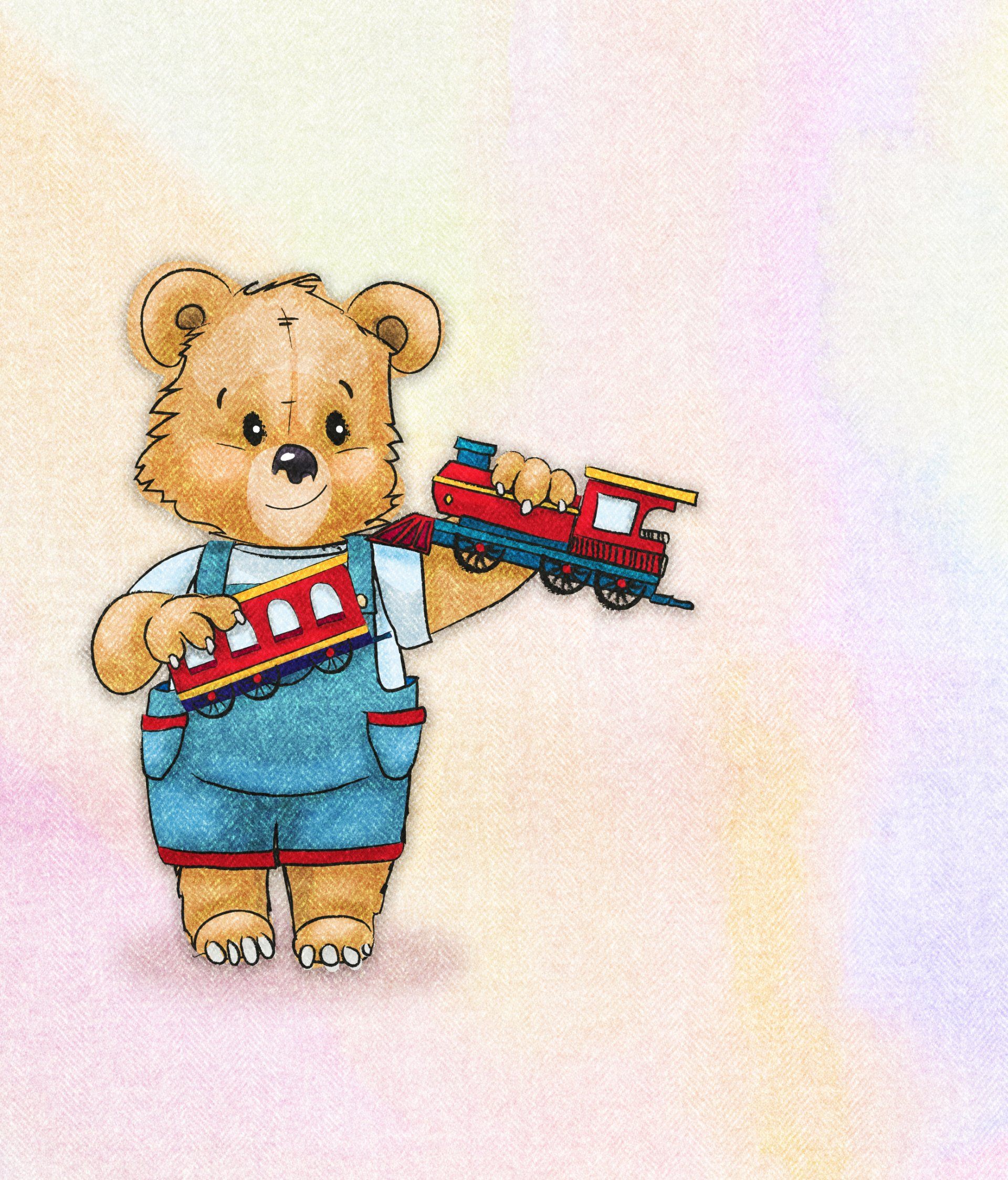
Little children can be so confusing (and confused!). Sometimes it’s hard to know what they need from you - a three-year-old demands that she wants her cheese in a big piece one day and then cries because it’s not cut up the next. She wants you to hold her hand to go to the toilet in the morning, but later gets cross when you try to do the same. We’ve all been there, faced with the - sometimes baffling - behaviours of the small humans that surround us, wondering how to respond to their inconsistent requests. Perhaps it’s reassuring to realise that these seemingly random behaviours are actually quite natural - stages through which each child progresses. In a bid to help you support your growing pre-schoolers more effectively, this blog talks about some of the things (there are many!) happening inside their heads and how you can support them with what’s going on. What’s Happening Inside a Three-Year-Old’s Brain?
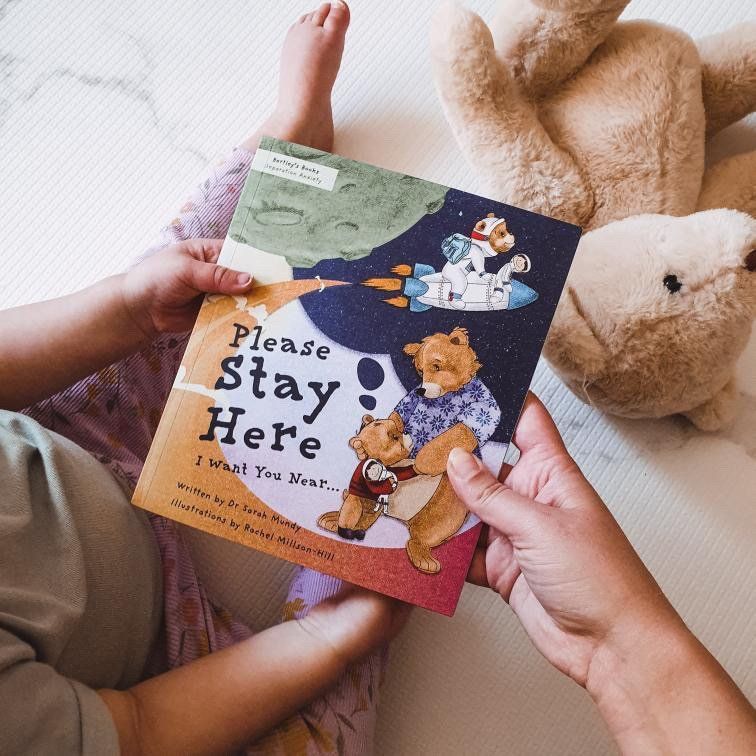
What was your favourite story when you were growing up? Was it a traditional fairy tale like Cinderella? Was it a popular picture book like The Very Hungry Caterpillar or The Gruffalo? Or was it a great adventure story like CS Lewis’ Narnia series or JK Rowling’s Harry Potter? Mine was Dogger by Shirley Hughes. Funny that the first book I wrote was about separation anxiety! For many of us, sharing and reading books was an important part of childhood, even more so before the advent of distracting screens and 24/7 streaming. I have fond memories of curling up in bed, half asleep, as my mum or dad read to me complete with silly voices and giggles aplenty. It's not just books though - you can make your own stories up too. I tell my little one a story about “Grizzly Bear with the Curly Hair” every night. It’s evolved to be a lovely family tradition, with my older children sometimes coming to join in. This is a wonderful way to stimulate both mine and my children’s imagination and what I most love about it is how the narrative is co-constructed – I am no longer allowed to be the sole story-teller, my son has to be part of it too! A 2018 research study found that nowadays only 30% of parents read to their children daily and I can’t help feeling that’s a bit sad. Especially given the many benefits of sharing story time go far beyond pure entertainment.
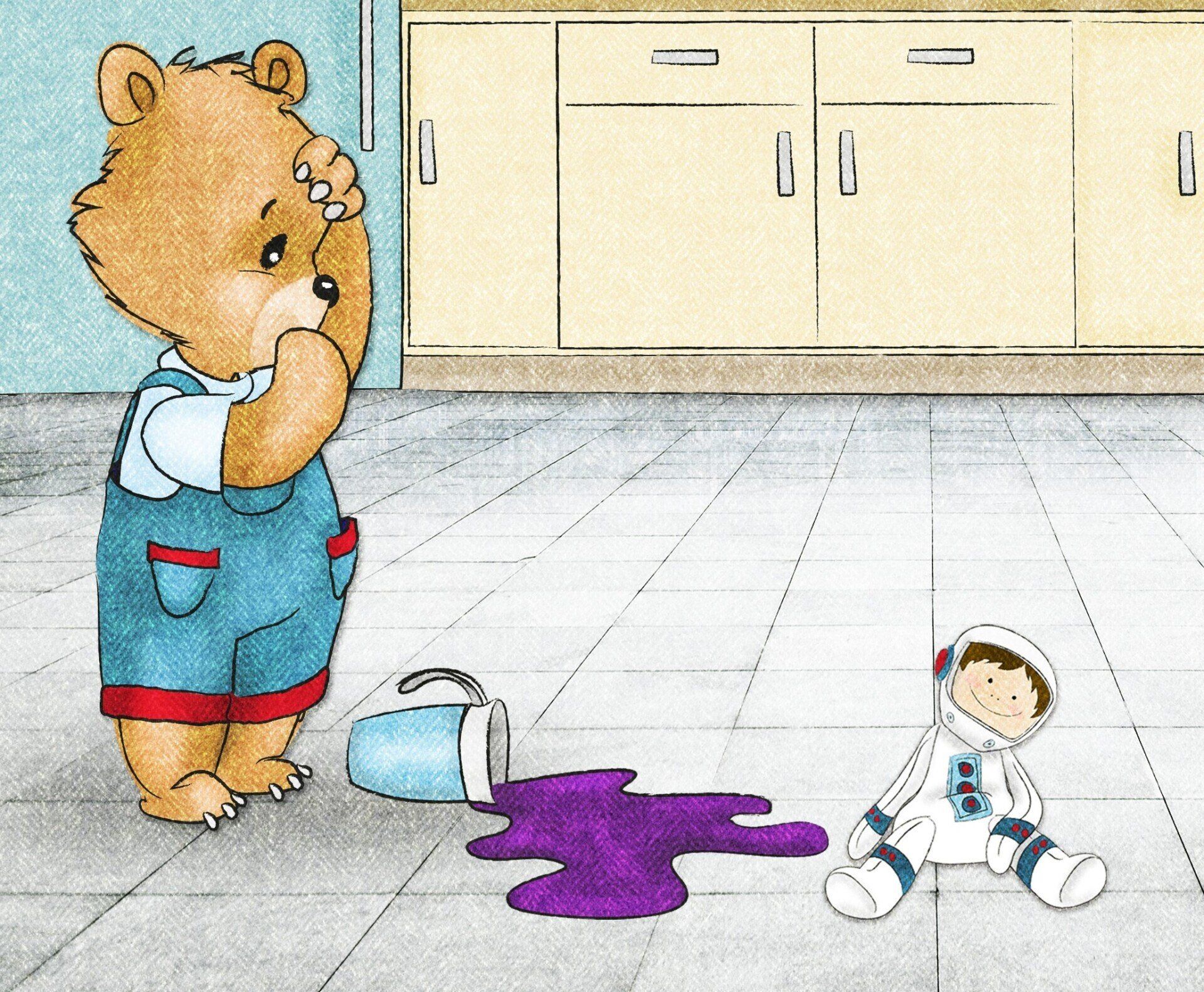
I thought I’d do a post on guilt and shame, feelings which are often used interchangeably but, from my understanding are pretty different. A quick whizz through some child development When we are little, particularly when we start testing the boundaries during toddlerhood, parents need to intervene to keep children safe. For those of you with little ones the word “NO” probably comes out more than you would like it to! This is a normal part of development – children exploring without an understanding of risks, and needing adult involvement to know when to stop. When a child is asked to stop doing something, which was most probably led by curiosity (can I touch that hot thing in the fire place?!), they are likely to experience shame. It’s not a nice feeling but is quickly regulated when a parent explains their motive and repairs the rupture in the relationship. “I’m sorry that I raised my voice, I know you were just exploring but it’s dangerous to touch fires” and so on. This gives the message that the parent is still there for the child and that they are accepted for who they are. The parent is showing them that their behaviour not OK, but that they are. This sort of parenting, when reasonably consistent, leads to a child feeling guilt rather than shame. “Oops, I shouldn’t have done that, how can I make amends?” (obviously not so clearly thought out for little ones but you get the gist). .
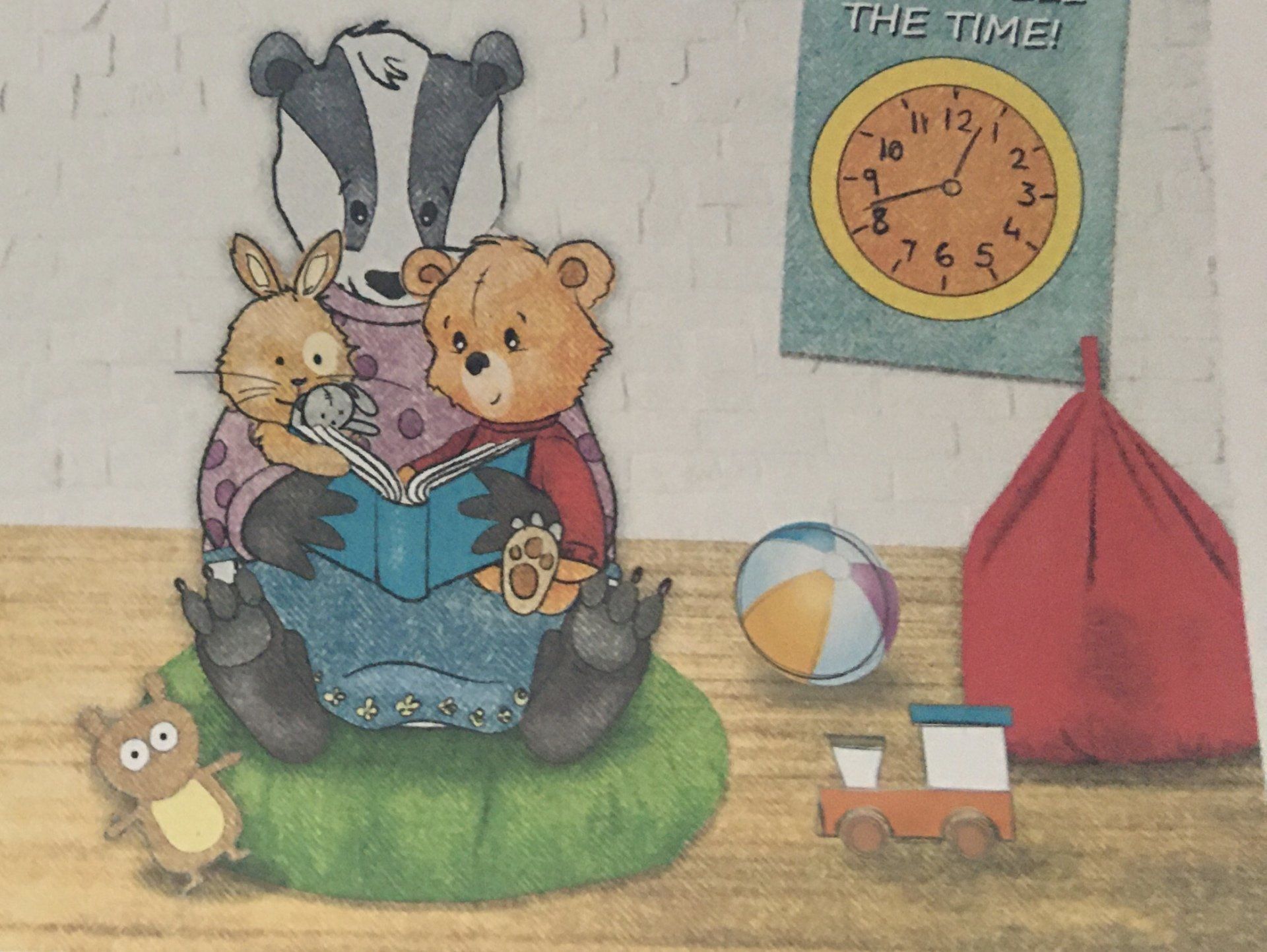
As a newborn, we look to our parents for everything. To feed us, to comfort us and to protect us. If they give us this safety and security, a healthy emotional bond develops. Research shows that this attachment relationship is a crucial building block of a child’s development, helping them to grow socially, emotionally, behaviourally and intellectually. But what happens when children begin to spend time with other caregivers, outside of the home and away from their parents? Do they develop similar relationships with the nursery staff, childminders or pre-school teachers that look after them? And what does this mean for you if you’re working in Early Years?
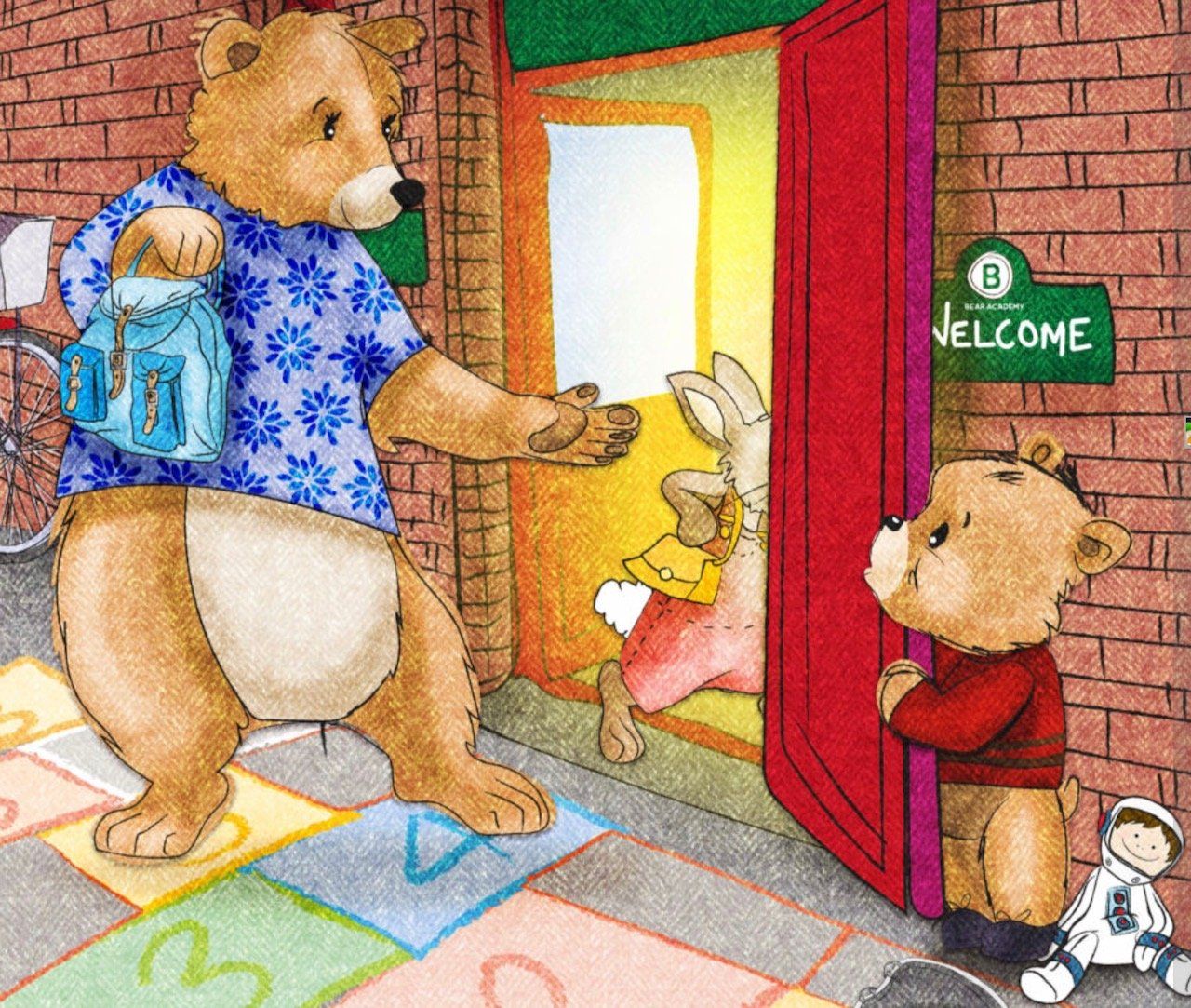
If you work in an early years setting, you’ll be quite familiar with the scene. You’re welcoming the children and getting them settled at the start of the day, checking in with them and showing them what activities you have planned. Suddenly, you hear shouting and crying as a stressed-looking mum tries to detach her small child from her leg. You feel for her, you really do; this child regularly clings to her on arrival - the anxiety is palpable. It’s distressing for everyone involved. For Mum, for the child, for the other children who are already in the room, and not least for you. You know from experience that they will settle down and be OK, but that doesn’t make it any easier in the moment. And you know, too, that poor Mum has headed off to work feeling guilty and upset, so it’s unsurprising when she phones 15 minutes later seeking reassurance from you. These experience are likely to be more pronounced at the moment, with children having fewer, if any, opportunities to practice separating from their parents, with collective anxiety at a huge level and with normal settling in sessions, with parents in the room, being unavailable. What is separation anxiety?
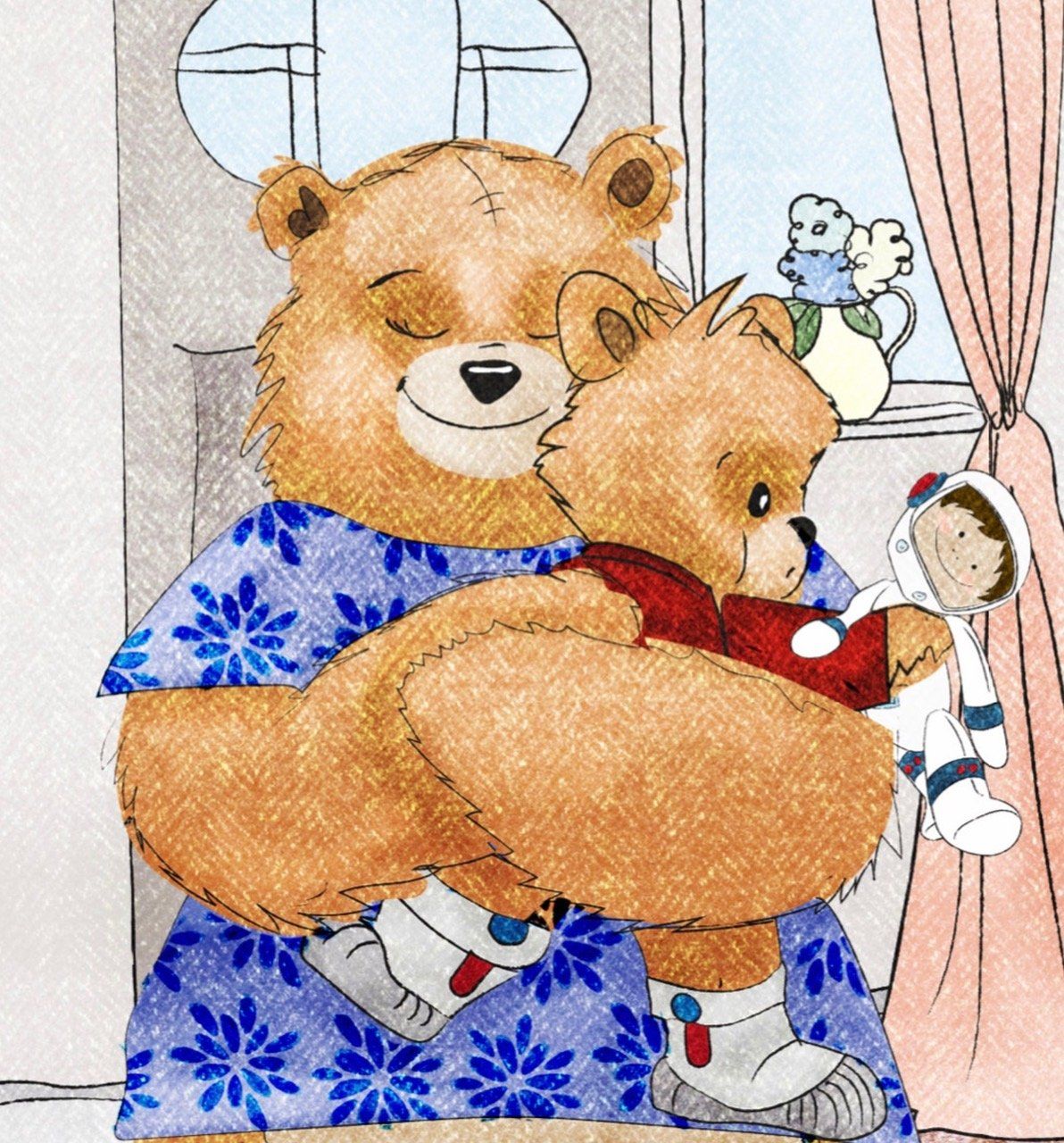
Where do I start? Attachment is a HUGE topic, with decades of research highlighting how important it is to a child’s development. But do you know what an attachment relationship actually is? And why it’s so important? Do you know what helps children develop more secure attachment relationships? With different approaches and a number of terms banded around it can feel so confusing. This blog addresses these questions and focuses upon ways that parents and educational settings can put attachment theory into practice. It is based upon my experience as a Clinical Psychologist. For over 15 years I have been drawing upon attachment theory to inform my work with parents and children. I’ve tried to ensure that my suggestions are user-friendly. As a mum of three I have learnt that theory does not always feel that easy to translate into practice. We can feel pressured to get it right all of the time (apologies to the clients I worked with before having my own children!). The beauty of attachment theory is that we don’t have to be perfect. Just good enough. As with anything scientific there can be a lot of jargon – I have put the key words in italics and tried to write with minimal psychobabble. I do hope you enjoy it! What is attachment (in a nutshell)?
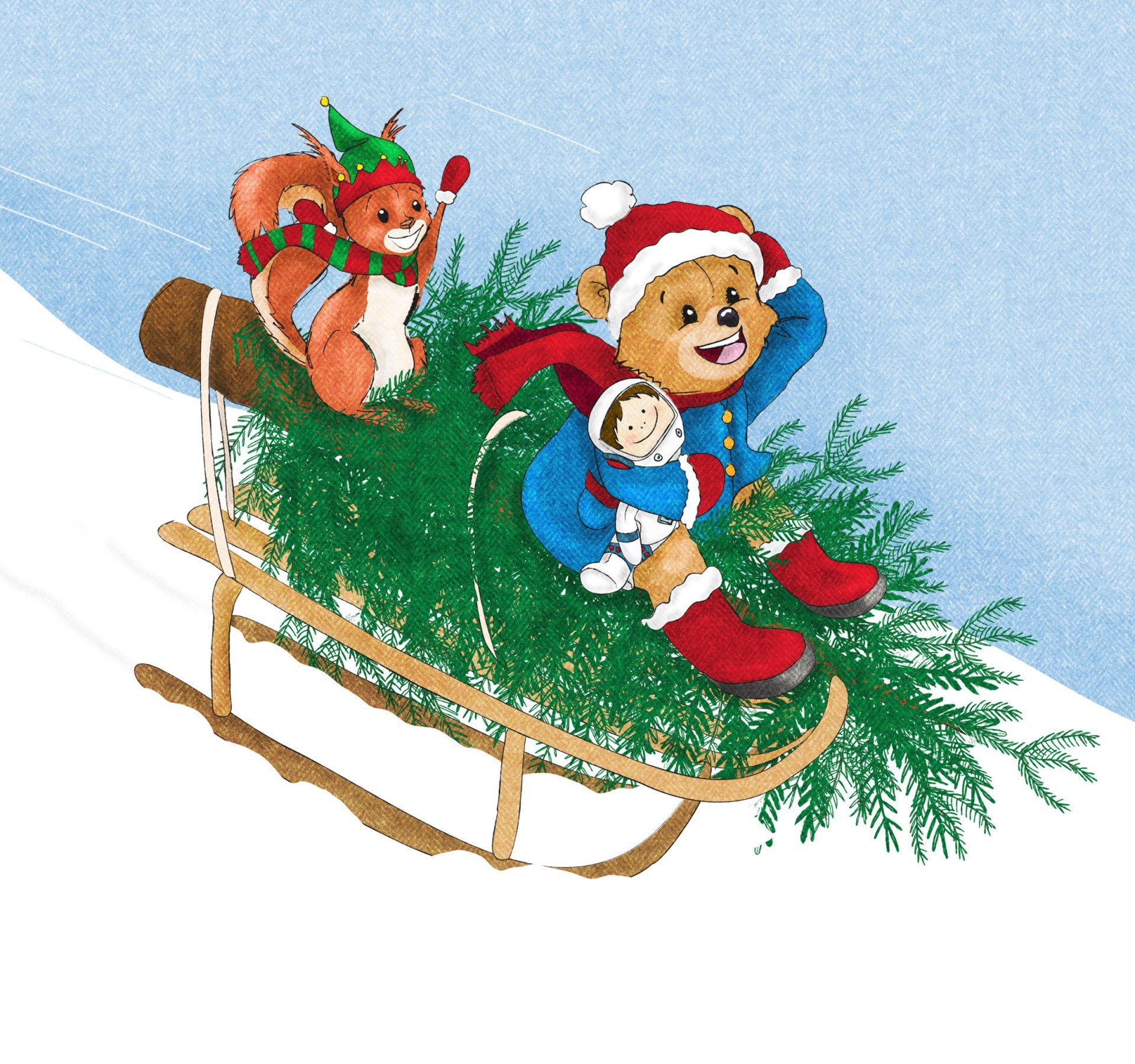
In case you hadn’t noticed, Christmas is coming, and fast! It’s different this year, without nativity plays, big get togethers and light turn-ons. But it’s still happening, as both we, and our children well know! My three-year-old is already telling me that it is “Christmas tomorrow” on a daily basis (to be fair he also thinks it’s still Halloween so he’s not particularly accurate in his understanding of seasonal activities!). He is, however, starting to get excited. He’s remembering the elves escapades from last year, asking when they are coming back (I still haven’t found them in my cluttered house!). Why I added the nightly task of creating funny Elf scenes throughout December to the already huge list of Christmas jobs is beyond me, but at least he likes it! I was also quite proud of last year’s zip wire adventure.
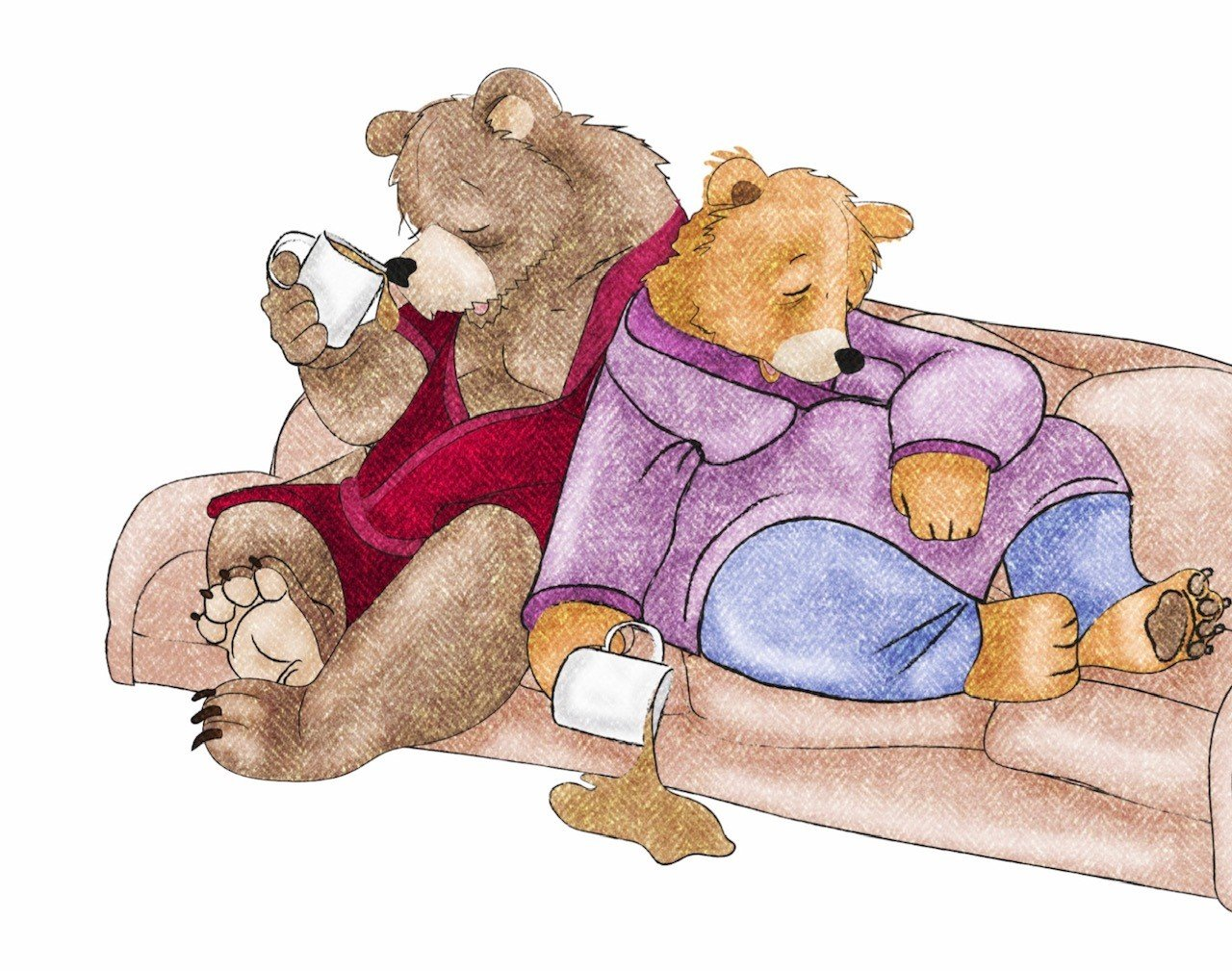
I know the gold standard for writing blogs is to deliver them on a fortnightly basis. I’ve been a bit remiss as this is my first one in months! What a better topic to start with then than why it is OK not to get things right all the time. Perfection is unobtainable, but it does seem to be something that we are pushed to do. The number of posts out there on mum guilt is astonishing. Over the last year we have been expected to juggle life in a way that does not seem possible. Many of us have been coping with (or trying to) being teachers, parents and professionals, three full time jobs all at the same time! This has left me wondering whether it’s actually possible to do anything well enough! And then along comes Christmas (gulp!). I’m hoping that reading this will leave you feeling happier with how you are doing as a parent, that you will realise that buying into the pressure to get it “right” is not helpful, and that you will learn that the attachment research highlights how we don’t need to be perfect to raise happy and healthy children. Children don’t need us all of the time. They need is a parent who knows they are good enough for them, accepts their foibles, makes and owns mistakes, and can manage their own emotional world. Forget Perfection - Strive for Good Enough Parents can feel a great deal of guilt around their work/life balance. Guilt can actually be a helpful emotion, allowing you to reflect on what is, and isn’t working. However, when you have little control over the things you want to change, it can feel overwhelming. The first thing you need to remember is that you are doing your best, and that is good enough. Interestingly, an article in the Economist reported that we spend twice as much time with our children as parents did 50 years ago (The Economist, November 27th 2017), suggesting that we are already much more active in our parenting than we used to be. “Good enough” is key to parenting. Research into attachment, which is important to children’s development, highlights how we should strive to be good enough, not perfect. A recent study on infant attachment found that parents need to be “in tune” with their babies about 50% of the time in order to develop secure attachment relationships (Woodhouse et al., 2019). So, if you’re getting it right about half the time, you’re onto something! Quality of Time is Far More Important than Quantity
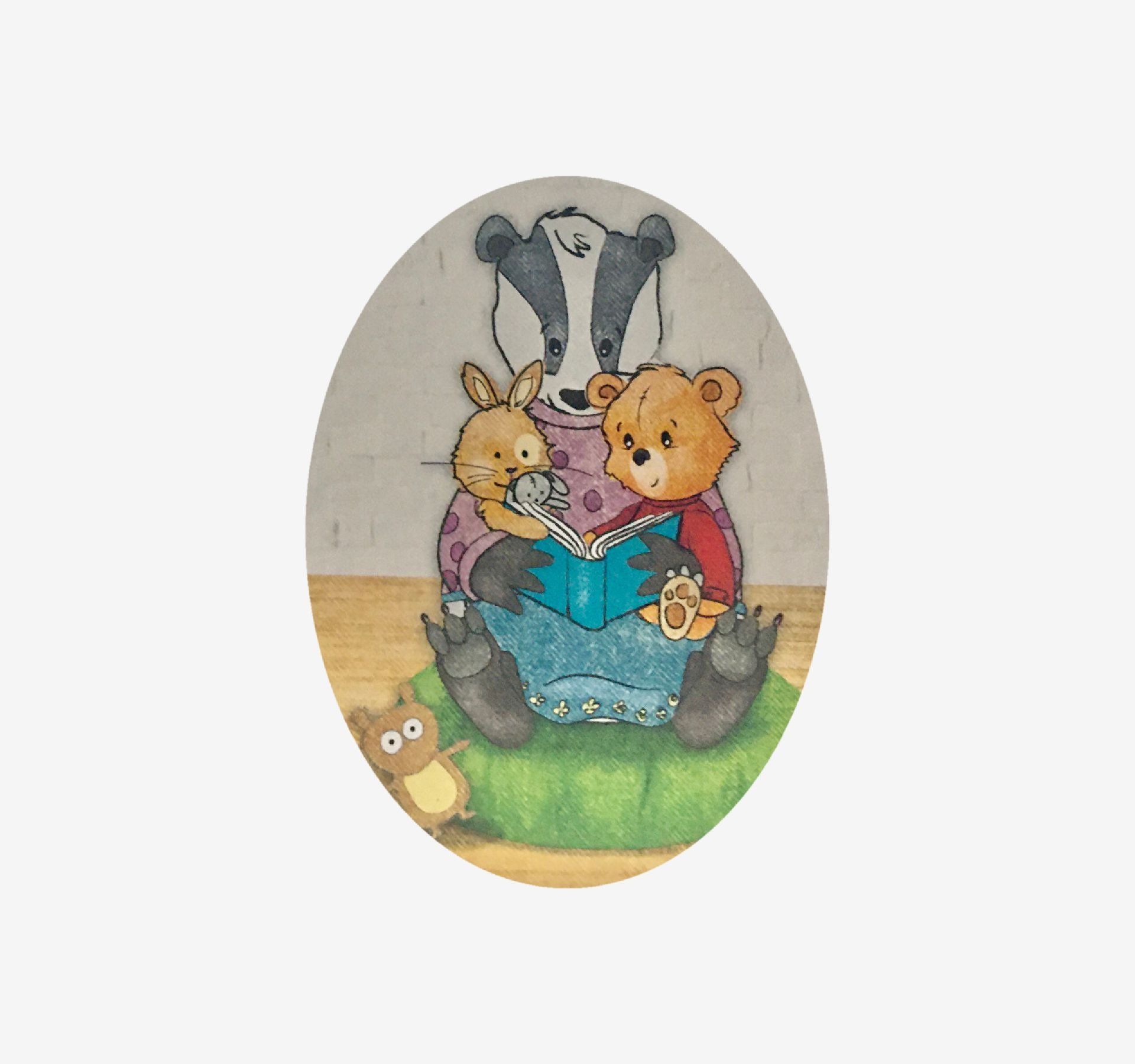
Well what a year it has been. Not one that any of us could have imagined or would have hoped for. All over the world we are having to adapt to the threat of Covid-19 and uncertainty about the future. Children have had prolonged periods away from education and, although some of them are back, this can be on and off as and when Covid-19 dictates. Helping children cope with these changes is key for the education sector if we are to support them to re-engage in learning. As a Clinical Psychologist I have been working with schools as well as children and families over this difficult period. I wrote this blog to summarise some of the ways educational professionals can support children through the increased anxiety they are likely to be feeling. Anxiety and Covid-19 A global pandemic is not good for anyone’s emotional wellbeing and is having an impact upon us all. Whilst we are all in very different situations, it is far from what any of us are used to and children will be noticing these changes. They are likely to be seeing more worried adults, hearing more stressful news and having little, if any, time with friends. Children have had to contend with new rules, a change in routine, a lack of control and a loss of relationships. Like us, they feel safe when things are predictable – something which has been absent for many months now.
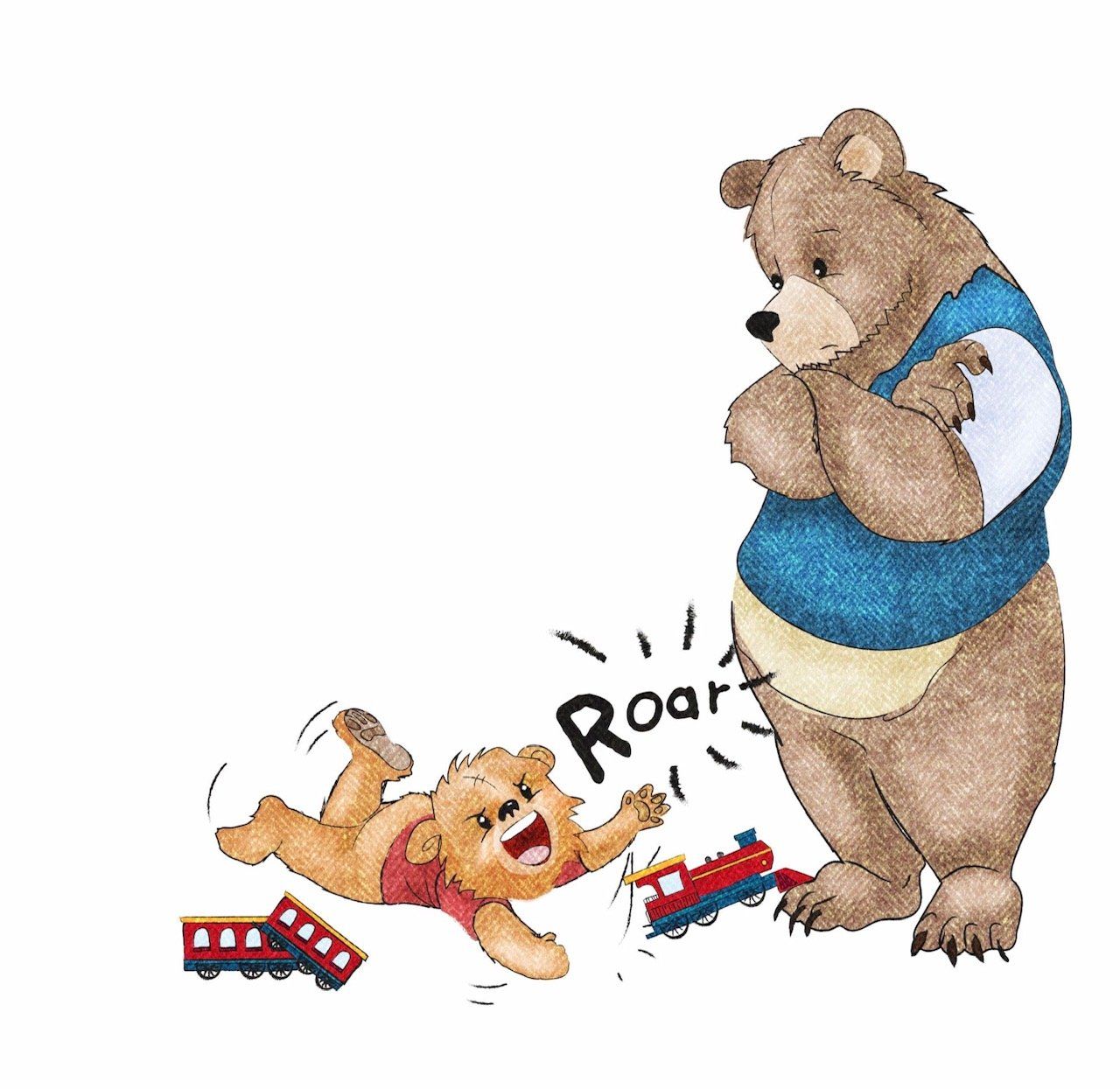
We can't always live in harmony with our little ones, sometimes our agendas feel miles apart. For me most of the ruptures come early in the morning, when my little one is pulling my nightie up saying "milk" and I am saying "sleep". My parenting powers aren't at their best at 5:30 and I often become cross (yup, I tell him to stop being annoying and to let me sleep). So, when this happens it really is my responsibility to repair the rupture. The behaviour really is annoying, but it's not helpful for him to hear that he's annoying when all he wants is a drink! In a previous post I talked about the importance of repairing your relationship with your little one after a rupture - here are some of the ways to do it. Establish safety in your relationship . When children feel safe and supported they will still do things that challenge you! However, the more secure they feel with you the less likely they are to feel that you are angry at them, or think they are bad, and instead may be able to learn that you will love them no matter what. This bodes well for those times that you are not on the same page and are needing to put in the boundaries. Remain accountable in your words, feelings and choices. When I am finding my partner frustrating it is not always his fault (but don't tell him that!). It's often when I am tired and busy and he is not getting what I need. We both need to take responsibility for finding a way forward, communicating well, acknowledging our feelings and being clear about what we need. Little ones don't quite have the skills for this yet and it is our job to model them how we manage ruptures. So do try to think about whether you would have responded differently were you not so knackered, consider what their behaviour was communicating (there's always a reason!) and try to be clear in how you discuss what happened. We do need to help little ones learn but it's also very helpful if they can see what part we played. For example, after I have calmed down from being woken at 5:30 I apologise to my little one for being cross. I tell him that sleep is important and that it makes me grumpy if he wakes me up early. I also try to think more broadly about what would have helped - for example, making sure he was well fed and watered before bed and getting myself into a better routine. What is important is that he hears I am not blaming him for being hungry and waking up at the time his body clock is set to wake! Know what to say (or not to say) and when to talk (or not talk) If you are anything like me you might want to have the last word, or show that you are right. Particularly in the moment! Whilst it would be more helpful if I did not feel the need to do this, especially with my pre-schooler, I do know it's a trait of mine. It's important to learn to read what is going on - is it really the time to engage in a battle with them when everyone is exhausted? Think about what purpose it will serve (probably make you feel more distant). It's OK to revisit at a later time. When you are talking to your child about tricky times, try to be curious, talk about unhelpful behaviours, explain how you understood what happened (what feelings were driving their behaviour), talk about your part in the rupture, apologise and say what you could have done differently. What a great model for children to see parents showing they understand, are interested in what's going on and make mistakes themselves. So much more healthy than punishing - remember discipline is about teaching, not making children feel bad or naughty.

